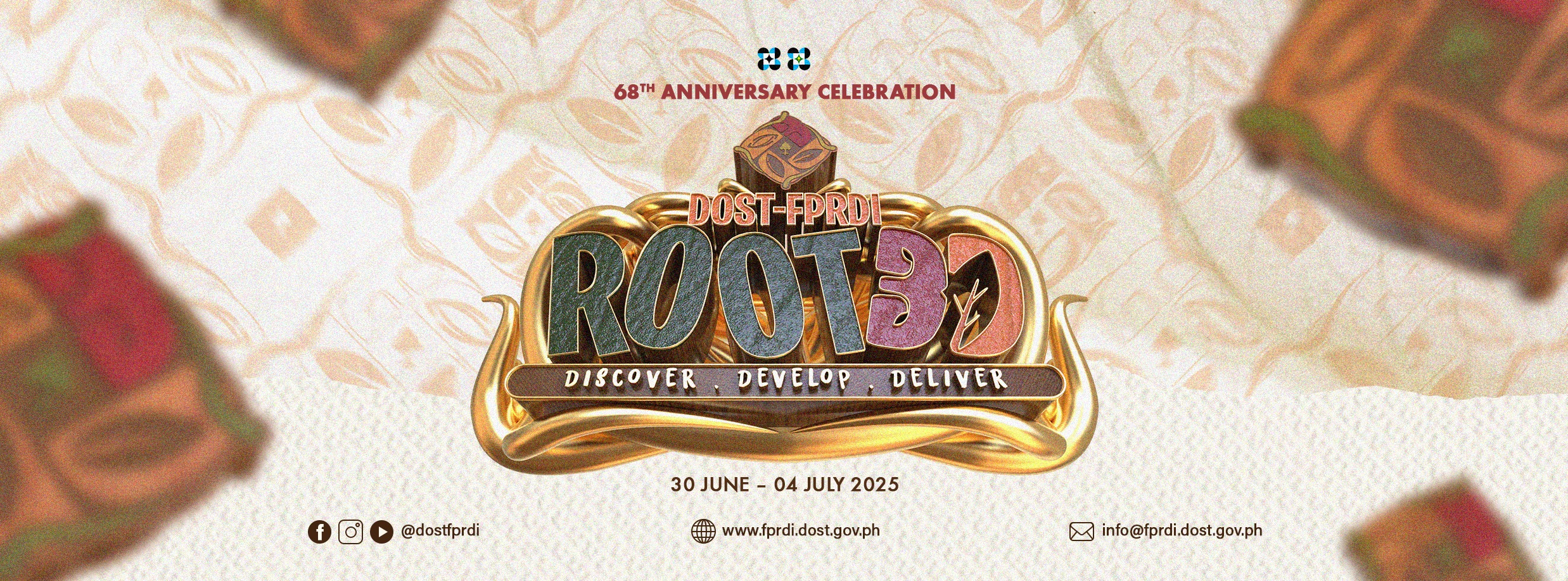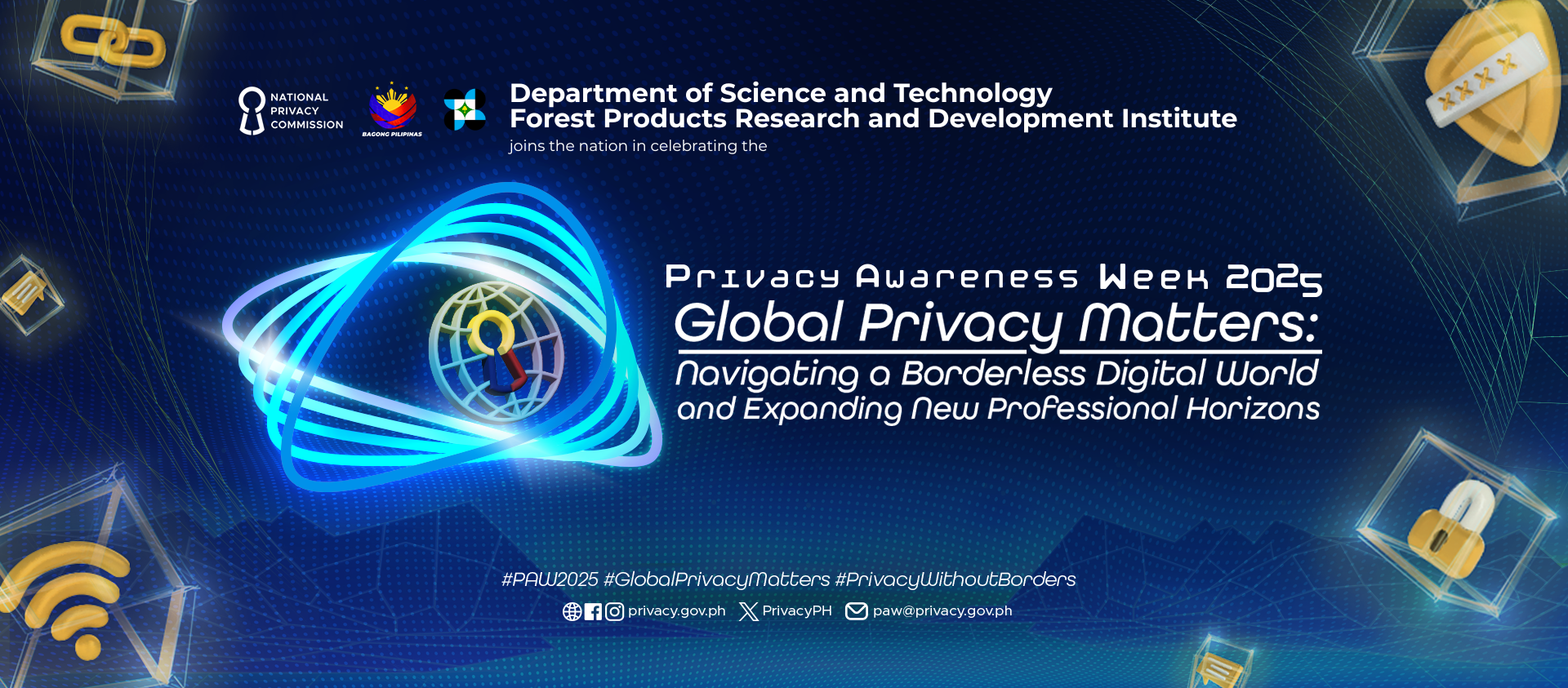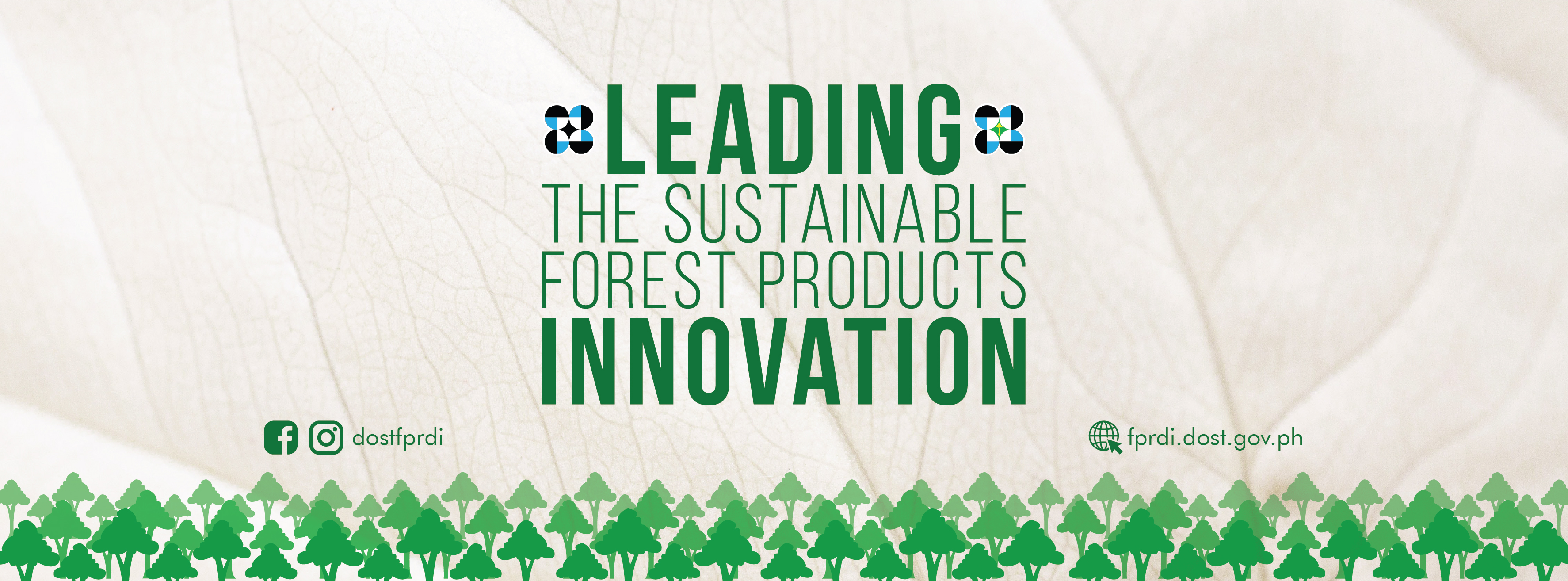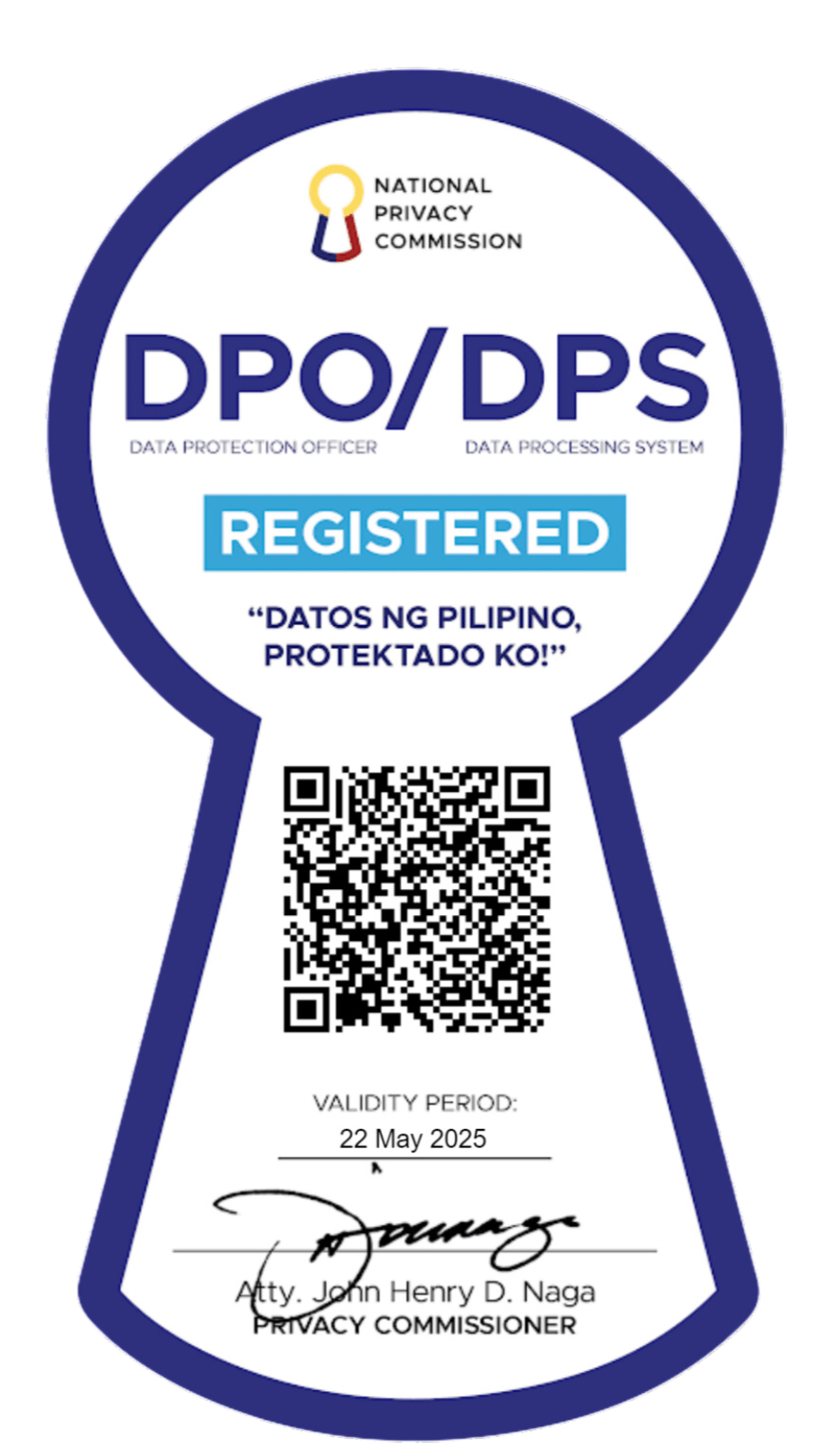Carrageenan: a promising material for packaging paper
June 4, 2015
Did you know that a popular food ingredient can possibly do wonders for the packaging paper industry?
A recent study of the Department of Science and Technology’s Forest Products Research and Development Institute (DOST-FPRDI) shows that carrageenan powder is a promising dry strength agent for recycled fibers(RCFs) made into packaging paper, particularly recyclable corrugated cartons.
Sourced from a red seaweed species that abounds in the Philippines, carrageenan is commonly used in the food and beverage industry as it can easily gel, thicken and stabilize a wide range of food products. It can also be safely used in personal care and pharmaceutical goods.
According to DOST-FPRDI’s Ms. Adela S. Torres, “In making packaging paper, producers usually prefer RCFs over virgin pulpas used fibers are obviously the greener and cheaper option. The problem, however, is that RCFs deteriorate once they are subjected to different papermaking processes. The fibers become weak and less flexible, and less permeable to water.
To strengthen used fibers, the industry resorts to using high quality, imported strength agents such as cornstarch, cassava and guar gum. We at DOST-FPRDI tried to study low cost, local possible substitutes, such carrageenan, to give paper makers better options.
Torres reports, “We were happy to find out that carrageenan powder had the ability to make RCFs stronger and flexible. This was because it improved the bond strength between the recycled fibers, making the resulting product more tear- and burst-resistant.”
“Although more thorough studies are needed to support our findings, this initial result offers a lot of promise – considering that the Philippines is the world’s largest producer of industrial carrageenan, and that many municipalities across the country have decided to go green by using paper instead of plastic as their community’s packaging material.” (Apple Jean C. Martin and Rizalina K. Araral, 27 May 2015)#











